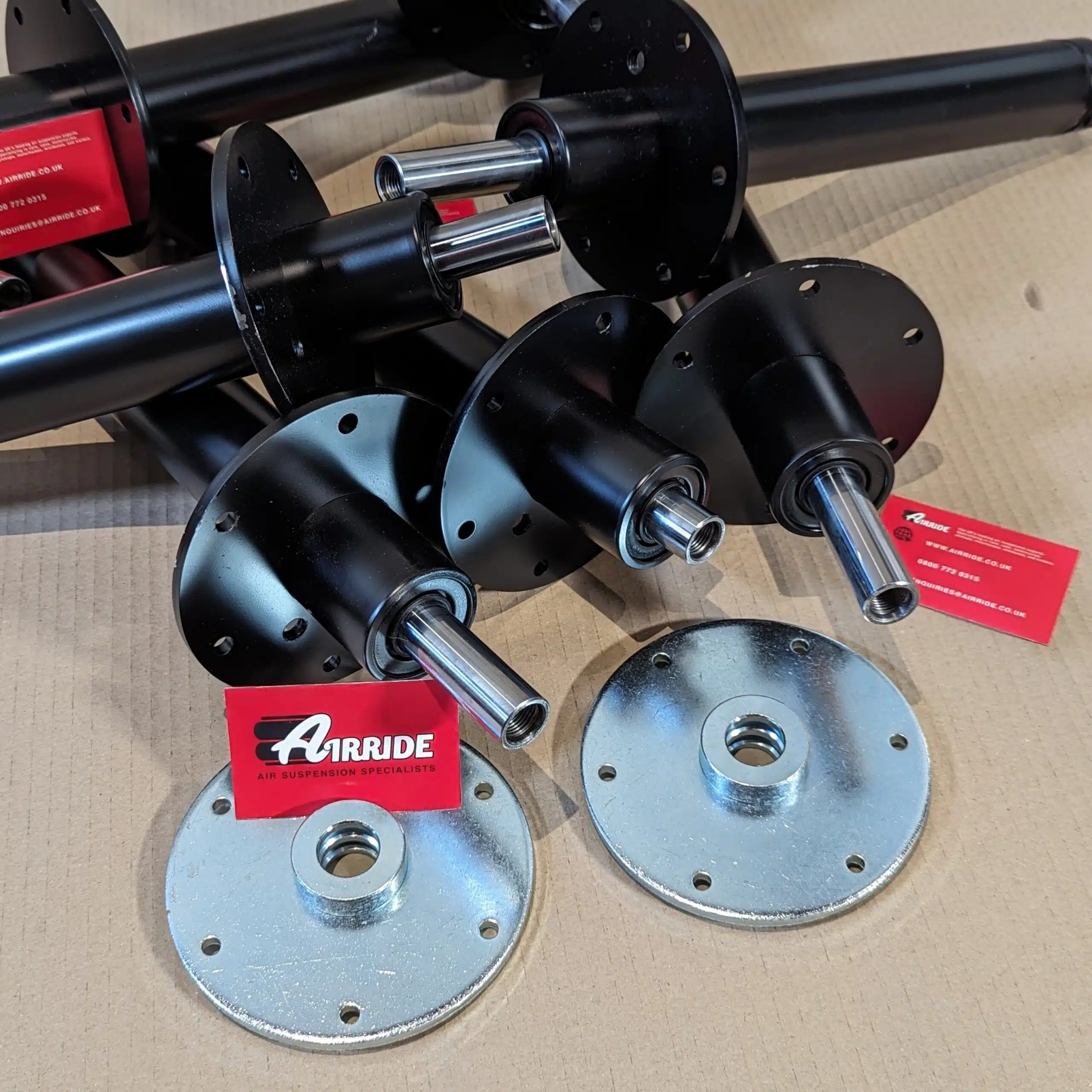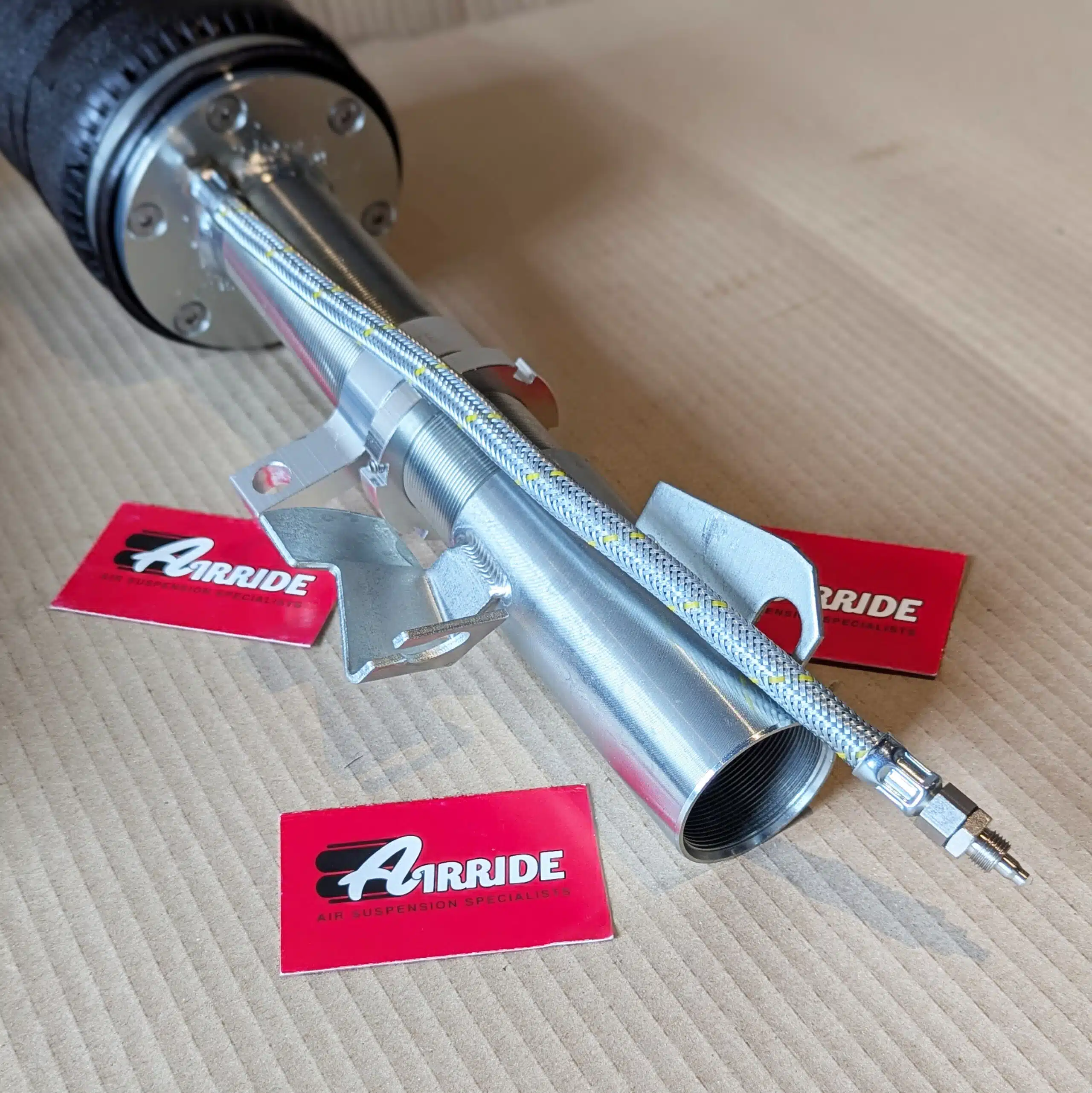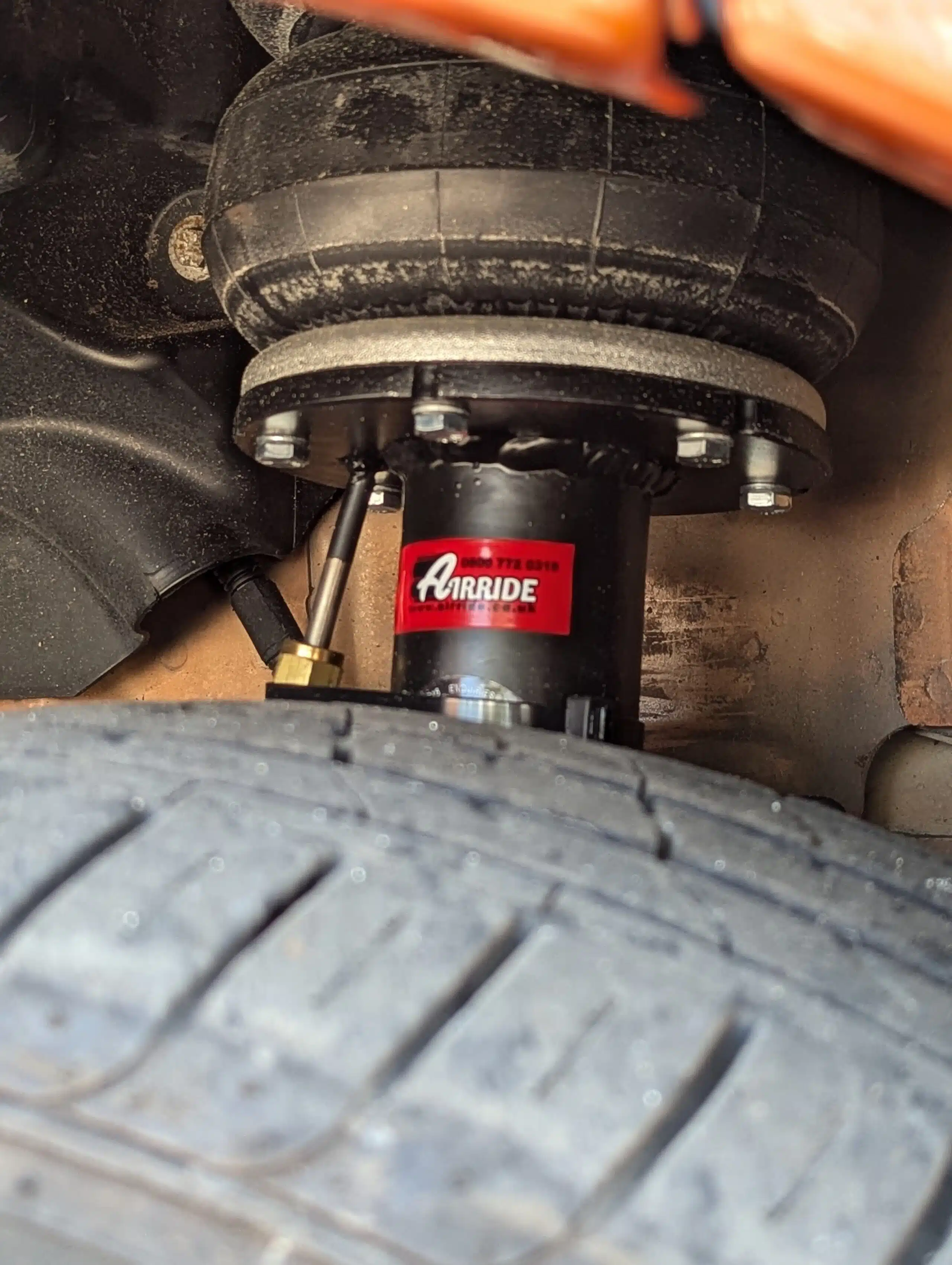


Monotube vs Twin Tube
Many air suspension and coil-over suppliers make a big deal out of using monotube shocks, leading to the assumption that they must be better. But is that really the case? The truth is, it's not about which is better - it's about which is better for your specific needs.
What’s the Difference?
Externally, there’s no visible difference between monotube and twin-tube dampers. Internally, however, they are quite different. To summarise:
- Twin-tube dampers have two internal tubes.
- Monotube dampers have a single tube.
This internal difference impacts manufacturing costs, performance characteristics, and durability. If you're curious about the technical details, you can find plenty of resources online, including diagrams and internal images. (Note: These are more accurately called dampers because they dampen motion rather than absorb shocks.)
Cost and Engineering
When producing a small number of dampers, monotube designs are usually more cost-effective due to fewer components and simpler operations. However, the precision required for monotube manufacturing makes them far more expensive at scale. Conversely, twin-tube dampers are cheaper to produce in large quantities and are usually lighter due to not needing the very thick body in their construction.
Durability
Monotube dampers rely on precise sealing technology to keep oil and gas separate within the single tube. Any slight imperfections in the outer tube will lead to failure, which can occur during regular road use or when mounting fixtures like brake pipes or sensors are welded onto the tube.
Challenging environments, such as normal road conditions with potholes, kerb strikes, or rough surfaces, can expose monotube dampers to these vulnerabilities. Twin-tube dampers, on the other hand, have an additional outer shell that protects the inner tube, making them more resistant to external damage from road debris or impacts. Monotube dampers are regularly damaged by potholes and kerbs, whereas twin-tube units are less prone to damage in this way.
Advantages and Disadvantages
Monotube Dampers
Advantages:
- Superior control and fine adjustment.
- Run cooler under extreme/track use.
- No cavitation (foaming) as oil and gas are separated.
- Can be installed at any angle, including upside down.
- Firmer ride - a benefit on the track.
- Less susceptible to shock fade under heat.
- Often offer finer ride height adjustment, appealing to those prioritising aesthetics or custom setups.
Disadvantages:
- Less durable for everyday road use.
- More expensive to produce at scale.
- Shorter stroke length.
- Firmer ride - less comfortable on the road.
- Adjustability, while possible, often requires jacking up the vehicle and working underneath, which may not be practical for many users.
Twin-tube Dampers
Advantages:
- Smoother, more comfortable ride.
- Longer stroke length for increased travel, which contributes to a more comfortable ride.
- Lower production costs.
- More forgiving of external wear and tear, such as damage or impacts.
- Greater durability for road use, especially in challenging environments.
- Quieter operation compared to monotube dampers.
Disadvantages:
- Must be installed upright (cannot be inverted).
- Retain heat, leading to potential performance drops under extreme/track use.
- Typically lack adjustment options.
- Can suffer from cavitation under extreme conditions, reducing damping performance.
Air Suspension-Specific Considerations
One key factor for air suspension is the natural cushioning effect provided by the air springs themselves. Even monotube dampers, typically marketed as “performance” options, will often provide a smoother ride than traditional coil springs when paired with air suspension. However, for most road users, the additional comfort and durability of twin-tube dampers make them the better choice.
So, Which Is Best?
Manufacturers that sell only one type of damper often claim theirs is superior. Those offering both typically provide a balanced view of the pros and cons, leaving the decision to the buyer. For road use, twin-tube dampers are generally the better choice. They are more durable, forgiving of impacts, and can handle everyday challenges like potholes or kerb strikes without failing. This is why nearly all mass-produced vehicles use twin-tube dampers. For car use the "best" option depends on your use and even driving style. For vans, and motorhomes twin tube shocks are almost always the way to go.
Our Recommendation
At AirRide, we design all our products for road use. For this reason, our dampers exclusively feature twin-tube designs, providing the durability and comfort needed for everyday driving.
We also stock monotube-based kits from brands like AirLift Performance, AirRide Gold, and TA Technix. These are typically marketed as “performance” kits – think track-focused, which often translates to less comfort on the road. That said, they still deliver a smoother ride than traditional coil-overs due to the air springs.
When you contact us to discuss a kit, we’ll ask what you’re looking to achieve with your air suspension. This helps us recommend the best option for your needs, ensuring those seeking a more comfortable ride don’t end up with a performance-oriented monotube kit that won’t deliver the desired results.